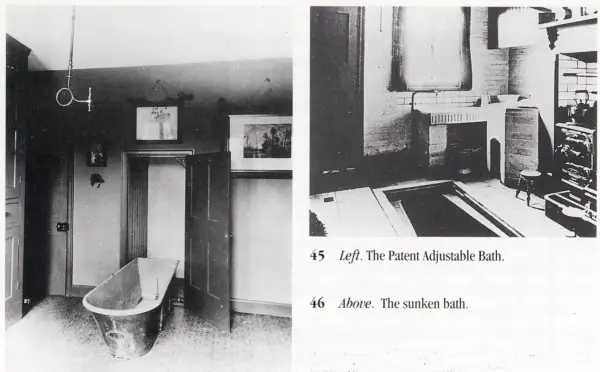Stephen this is an awkward one really, but I can give you some idea from my own experience. We rented a house for a few months at 33 Philip Victor Road, which is off the top end of Grove Lane. It was built by Percy Cox the builder who was also Lord Mayor so I believe, and it was constructed in 1916. That had an inside bathroom, but of course it was larger than an ordinary house and built for someone with a very good income. Percy Cox's brother lived two doors away from us and most of the other people in the road had incomes we could only dream about.
My mother was born in a back to back in Ladywood, but moved to a new house in Yardley Wood in 1928. That had an inside bathroom (it was a council house). I think from the 1920's you will most certainly find houses having bathrooms, but before that they were probably quite rare. The Yardley Wood houses were all different, some had a toilet actually inside the building but you had to go out of the back door and through another door, back into the house, to get to it. Effectlvely an inside toilet which was outside. My aunt lived in one in Grendon Road, off Warstock Road, and her bathroom was off the kitchen as was ours, but hers had a toilet in there too. I think bathrooms were standard from the 1920's, all the 1930's bay-fronted houses had bathrooms complete with toilets, but apart from the Yardley Wood houses I can't think of any 1920's houses I have been into. I feel quite lucky that I have never lived in a house without a bathroom, but perhaps I have missed out on something too. Interestingly, the houses in Bournville which were built in the 1890's had baths built in, but sunk into the kitchen floor. I presume the toilets were outside though.










